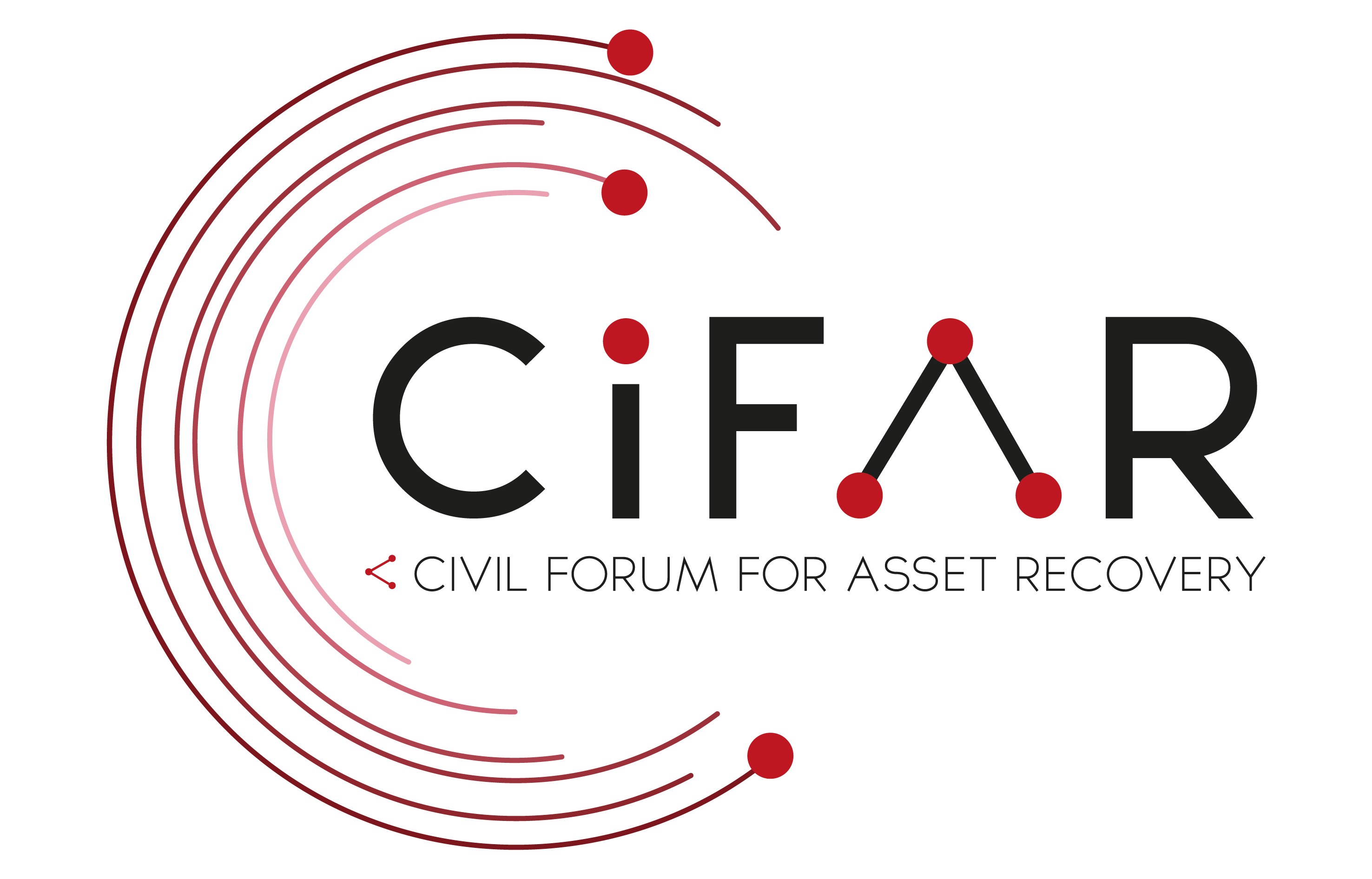
The Fourth International Conference on Financing for Development (FFD4) took place in Seville, Spain, from 30 June to 3 July 2025. This high-level conference was a defining moment for setting political priorities around sustainable development and reaffirming global commitments to financing development and governing it effectively. Building on a consultative process that began in 2024, the conference had ambitious objectives: 1) closing the US $4 trillion annual SDG financing gap, leveraging innovative mechanisms such as debt relief, public-private capital mobilisation, and multilateral bank reform; 2) advancing reform of the global financial architecture, including tax justice, climate finance, and fairer governance of international institutions; 3) translating political commitments into concrete actions through a set of high-impact, measurable initiatives.
The key outcome was the “Sevilla Commitment,” adopted at the conference by participating governments. According to media reports, the conference gathered over 50 heads of state and hundreds of representatives from civil society, the private sector, and international organizations.
The Sevilla Commitment Overall: Mixed Reactions from Civil Society
For anti-corruption civil society worldwide, the process leading to the Sevilla Commitment marked an opportunity to push for stronger language and action on corruption, kleptocracy, and illicit finance—especially at a time when global political will to tackle these issues is weakening, and development aid budgets are being cut in many donor countries.
The 42-page Sevilla Commitment, while broad in scope, drew mixed reactions from civil society. Many organisations raised concerns that significant commitments had been diluted over the course of negotiations. A coalition of CSOs criticised the final text for failing to address the deep injustices of the global financial system, alleging active resistance from wealthier countries to more ambitious reforms.
However, other anti-corruption NGOs welcomed important wins—such as the inclusion of commitments to establish a global beneficial ownership registry and a public database of country-by-country reporting—steps seen as necessary to enhance financial transparency.
In terms of process, civil society repeatedly flagged a lack of transparency and inclusivity in the run-up to and during the conference itself. Many CSOs reported difficulties accessing draft texts, participating in negotiation sessions, and providing input in a meaningful way.
More Shade than Light? What the Sevilla Commitment says on Asset Recovery
The final Sevilla Commitment —having undergone numerous revisions—contains both promising and underwhelming elements on asset recovery:
- Returned assets benefitting the victims of corruption
Paragraph 29(e) pledges to “ensure that assets confiscated pursuant to the United Nations Convention against Corruption are returned to countries of origin.” While welcome in principle, the commitment lacks specificity. Crucially, it omits references to how returned assets should be used—particularly for benefiting affected populations or contributing to sustainable development. Including a reference to victim compensation and the use of returned assets for sustainable development would have been important to align asset recovery efforts with the broader objectives of the FFD4 process.
- Transparency commitments
The final document’s call for assets to be “used transparently” is commendable but narrow in scope. It focuses solely on transparency in the use of returned assets, not the broader asset recovery process—which includes investigations, legal proceedings, and international cooperation.
Recent research we produced on the human rights of victims in asset recovery processes highlights that States have obligations with respect to transparency around asset recovery processes that are broader than only during the return itself. Read more here.
- Specific tools to assist in asset recovery
The commitment to “Addressing, tackling, and effectively responding to international challenges and barriers” translates solely into “capacity-building initiatives and exchange of expertise.” These initiatives are already taking place in various contexts, and the Sevilla Document does not significantly add any new commitments in this regard. Specific reference to measures for overcoming legal barriers—for example, through promoting non-conviction-based forfeiture or Unexplained Wealth Orders—would have been useful. A reference would also have been necessary not only to fostering pilot initiatives but also to building on previous successes and learning from past challenges in asset recovery.
The pledge to “foster pilot initiatives for new and innovative approaches” sounds promising but lacks detail. There is no indication of how such initiatives will be financed, monitored, or scaled. Linking this commitment to social reuse of assets or victim compensation frameworks could have demonstrated how asset recovery can contribute concretely to development goals.
Conclusion
While it is encouraging that asset recovery features in the Sevilla Commitment, its treatment remains relatively limited and builds largely on existing practices. The inclusion of transparency in asset return and references to international cooperation are positive steps, particularly in a context where global consensus on such issues is difficult to achieve. At the same time, the commitments would have benefitted from greater clarity, a stronger emphasis on victims, and more innovative approaches to make asset recovery a truly impactful tool for sustainable development.
Much will depend on how these commitments are translated into action through the Sevilla Platform for Action. This next phase offers an opportunity to develop more concrete and operational strategies. Active civil society engagement will be essential to ensure the platform includes the necessary resources, transparency safeguards, and people-centred approaches to make asset recovery more effective and equitable.
Photo Credit: UNCTAD
